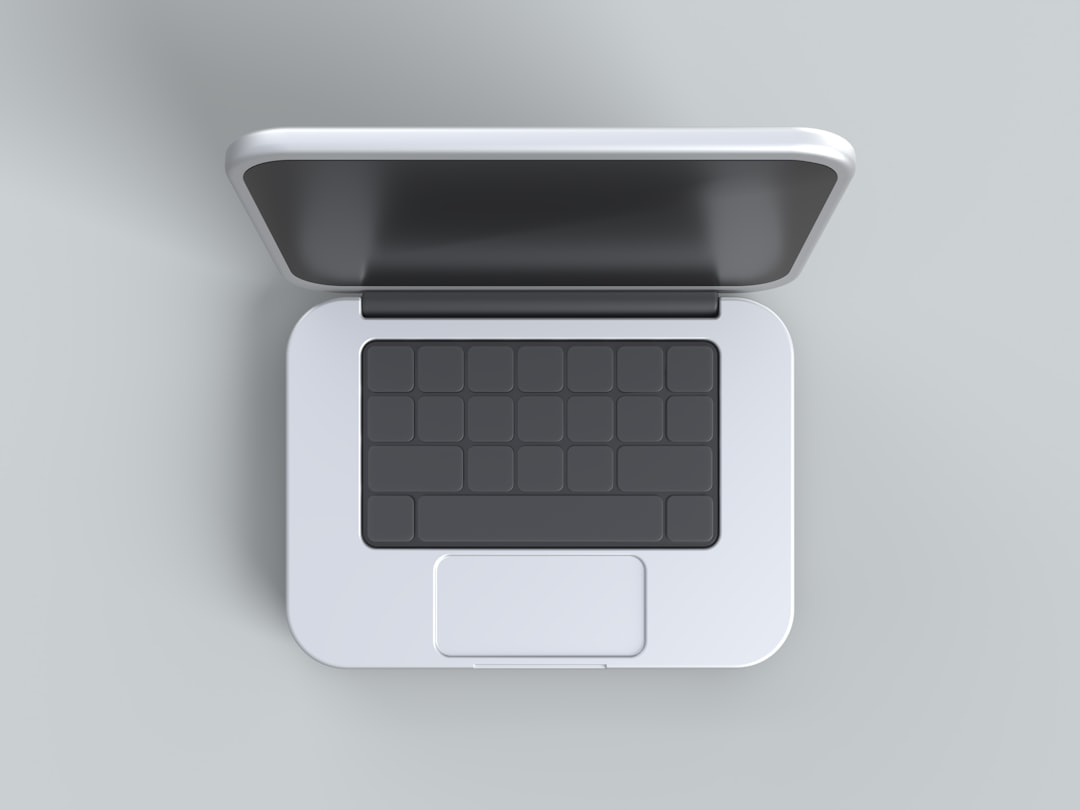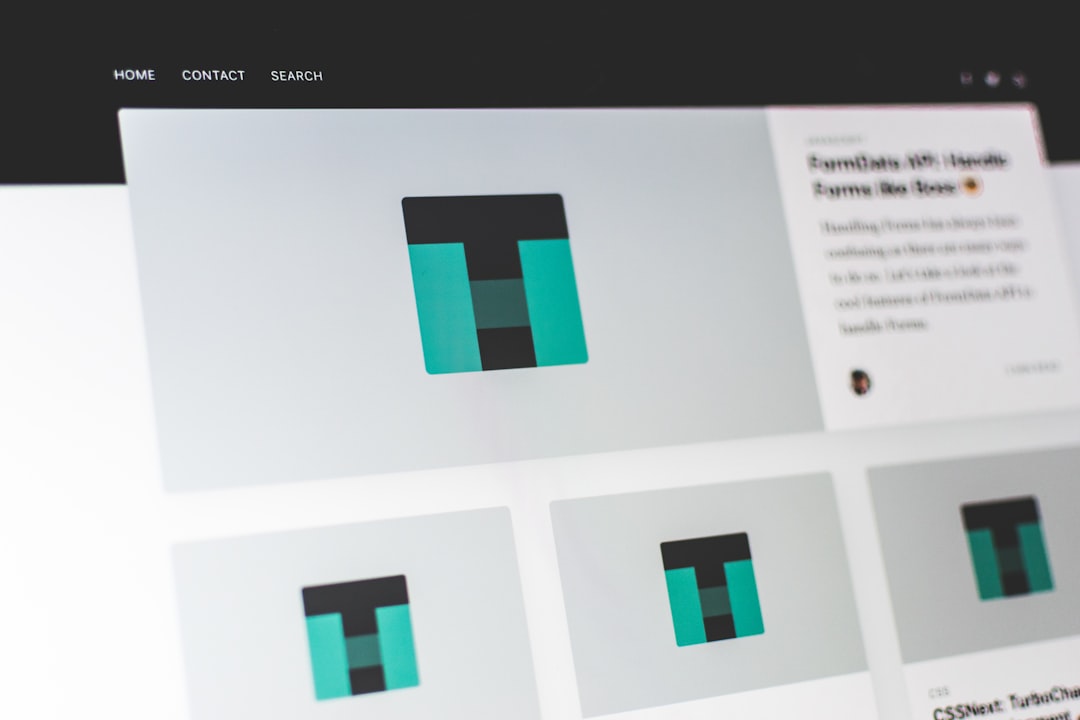Designing a website that looks attractive, functions smoothly, and performs well across devices requires a set of powerful tools. Today, there are countless software applications available to both novice and professional web designers. Whether for prototyping, visual layout, or code management, the right software can make all the difference in achieving a seamless web development experience. Below is a look at the top 5 software tools for website design that are leading the industry today.
1. Adobe XD
Adobe XD is a popular choice for UI and UX designers. It caters to those who want to create intuitive user interfaces and prototypes with ease. This vector-based tool allows users to create wireframes, interactive prototypes, and animations for web and mobile applications.
- Real-time collaboration for teams working on the same design project
- Responsive resize feature to easily adapt layouts to multiple screen sizes
- Integration with other Adobe Creative Cloud apps such as Photoshop and Illustrator

2. Figma
Figma has rapidly gained popularity due to its web-based platform and robust collaboration tools. Unlike traditional software that needs installation, Figma runs in the browser, allowing multiple users to work together in real time from anywhere in the world. It’s an ideal tool for big creative teams and freelance designers alike.
- Cloud-based interface simplifies sharing and version control
- Powerful vector editing tools and reusable components
- Community plugins for faster design workflows
3. Webflow
Webflow provides a perfect blend between a visual design tool and a content management system. It enables designers to create visually stunning websites without requiring deep coding knowledge. Webflow is invaluable for professionals who want full design freedom while also building out responsive and dynamic sites.
- Code-free visual editor for layout management
- Built-in hosting and CMS for seamless deployment
- Exports clean HTML, CSS, and JavaScript

4. WordPress with Elementor
WordPress is already one of the most widely adopted content management systems in the world. Combined with the Elementor plugin, it becomes a powerful design tool for both beginners and advanced developers.
- Drag-and-drop interface for easy layout changes
- Huge library of pre-built templates and design blocks
- SEO-friendly and works seamlessly with other plugins
5. Sketch
Sketch has long been a favorite among Mac users for designing modern user interfaces. Although it’s limited to macOS, its powerful plugins, vectors, and prototyping abilities make it a go-to app for many professional designers.
- Focuses on UI/UX design with reusable symbols and styles
- Support for PNG, JPG, SVG formats with scalable vector graphics
- Artboard feature makes designing for multiple screen sizes efficient

Conclusion
All the above software options offer a unique set of features designed to simplify and enhance the process of web design. From cloud-based platforms and visual editing tools to highly customizable CMS capabilities, there’s a solution suited for everyone — from novices to professional designers. When choosing the best software for your needs, it’s essential to consider collaboration options, ease of use, integration capabilities, and pricing.
Frequently Asked Questions (FAQ)
- Q: Which website design software is best for beginners?
A: WordPress with Elementor is widely considered an excellent choice for beginners due to its intuitive drag-and-drop interface and extensive template library. - Q: Is Figma better than Adobe XD?
A: Both tools are top-tier, but Figma has the edge in real-time collaboration because it’s cloud-based, while Adobe XD integrates better with other Adobe apps. - Q: Can I create a responsive website with Webflow?
A: Yes, Webflow excels in making responsive, mobile-friendly websites using its visual interface without needing to write code. - Q: Do I need to know how to code to use these tools?
A: No, platforms like Webflow, Elementor, and Figma are designed to help users create designs visually without deep coding knowledge. - Q: What’s the most collaborative tool among these?
A: Figma stands out as the most collaborative due to its browser-based, real-time editing capabilities for multiple users at once.


